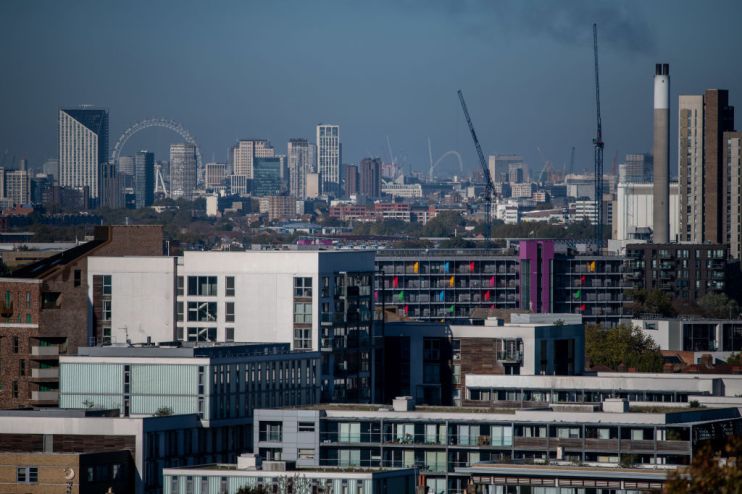Inflation remains stuck at 6.7 per cent due to rising fuel prices as Bank of England’s battle continues

Inflation remained stagnant in September due to rising fuel prices as the Bank of England’s battle to bring inflation down to target looks set to take another turn.
According to figures from the Office for National Statistics (ONS) the consumer price index (CPI) came in at 6.7 per cent in September, flat on last month and higher than the 6.6 per cent expected by most economists. However, it was marginally lower than the Bank’s own August forecasts.
Despite food and drink prices falling compared to last month for the first time since September 2021, rising motor fuel costs helped keep inflation steady.
Yael Selfin, chief Economist at KPMG UK said the data showed that energy prices have “re-emerged as an upside risk to inflation.”
“Crude oil prices are up by over 20 per cent since June, while UK gas prices are the highest since February,” he noted.
Core inflation – which strips out volatile components like energy and food – fell to 6.1 per cent in September from 6.2 per cent last month.
Worryingly, services inflation picked up from last month, rising to 6.9 per cent from 6.8 per cent. Policymakers at the Bank of England have repeatedly suggested that developments in services inflation are a crucial indicator of inflation’s persistence.
ONS Chief Economist Grant Fitzner said: “After last month’s fall, annual inflation was unchanged in September. Food and non-alcoholic drinks prices eased again across a range of items with the cost of household appliances and airfares also falling this month.
“These were offset by rising prices for motor fuels and the cost of hotel stays,” he continued.
Chancellor of the Exchequer, Jeremy Hunt, said: “As we have seen across other G7 countries, inflation rarely falls in a straight line, but if we stick to our plan then we still expect it to keep falling this year.”
The data will do little to reassure the Bank of England that its task to tackle inflation is over, but it may not be enough to prompt another interest rate hike.
Although the Bank of England left interest rates on hold in its most recent meeting, members of the Monetary Policy Committee (MPC) have been warning that more needs to be done to tackle inflation.
At the end of last week, Andrew Bailey said “there’s an awful lot still to do” to bring inflation back down to the two per cent target.
This week, Huw Pill said “it is important that we do not declare victory prematurely just because of movements, which are relatively mechanical, in headline inflation, are working their way through.”
While another interest rate hike looks unlikely, persistently high inflation does suggest that interest rates may be left higher-for-longer going into next year.
However, many economists said there was a fairly benign outlook for inflation falling over the next couple of months.
Selfin pointed out that producer input prices, which tends to lead goods inflation by around three months, fell by 2.6 per cent in the year to September. This will slowly feed through into goods prices.
The large fall in Ofgem’s price cap in October will also help to bring down the headline rate of inflation down to around five per cent, many economists predicted.